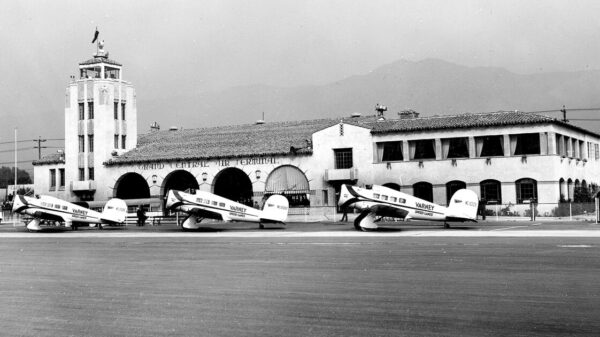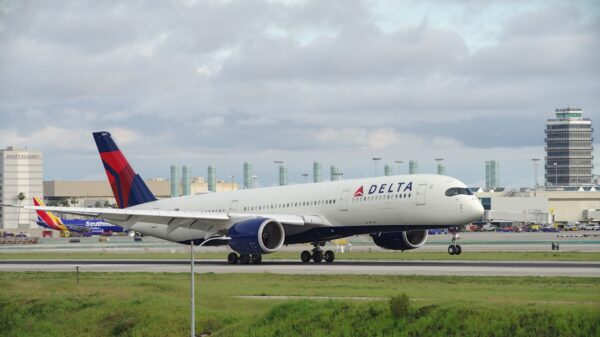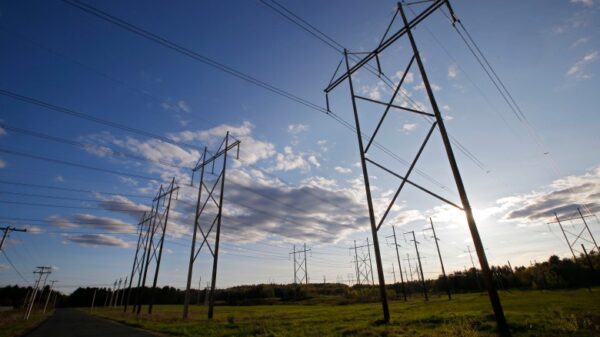Boeing has long been a leader in the aerospace industry, particularly through its commercial aircraft division, Boeing Commercial Airplanes. In the previous year, this segment generated over $22 billion in revenue, employing nearly 50,000 people across various global locations. With a history dating back to 1916, Boeing has produced iconic aircraft, such as the Boeing 707 and the 747, which transformed air travel. As the company continues to innovate with models like the Boeing 737 and 777, understanding the average lifespan of these aircraft sheds light on their operational longevity.
Average Lifespan of Boeing Aircraft
The average duration that a Boeing commercial aircraft remains in service varies by aircraft type and usage. On average, Boeing aircraft have a service life ranging from 20 to 30 years. Factors such as flight hours and cycles, which count take-offs and landings, play a crucial role in determining an aircraft’s lifespan. Narrowbody models, like the Boeing 737 series, typically serve between 12 to 15 years but can extend their operational life to over 25 years with diligent maintenance. Conversely, widebody aircraft, such as the 777 and 787, generally have an average lifespan of 20 to 25 years, while older 747s often flew for over 30 years before retirement.
Post-Service Path for Retired Aircraft
Once a Boeing aircraft reaches the end of its commercial service, its future can take several routes. Most retired aircraft enter secondary markets, where they may serve smaller airlines, cargo operators, or charter services. A common transition involves converting passenger aircraft into freighters. This process often includes removing seats and reinforcing the cabin floor, extending the aircraft’s useful life by another 10 to 20 years. Companies like FedEx Express and UPS heavily rely on converted freighters, incorporating numerous Boeing models into their fleets.
According to ch-aviation, FedEx Express operates a diverse fleet that includes 6 Boeing 737s, 43 Boeing 747s, and 148 Boeing 767s. UPS similarly utilizes a substantial number of Boeing aircraft, including 65 Boeing 747s and 98 Boeing 767s. These conversions reflect a high demand for older models within the logistics sector.
As these aircraft age further, they often find themselves in storage facilities, commonly referred to as boneyards, located in arid regions like Arizona and California. The dry climate helps preserve the aircraft while airlines or leasing companies evaluate their next steps. Some retired jets are maintained in a ready-for-service state, allowing for quick reactivation if demand rises, while others undergo a process known as parting out. This involves stripping valuable components for reuse or resale, with the remainder of the airframe typically being shredded for recycling.
Age of Boeing Narrowbody and Widebody Aircraft
The Boeing 737 series has been in production since the late 1960s, leading to a varied age range among its models. The average age of a Boeing 737 in commercial service is around 12 to 15 years, but many older variants, such as the 737-200, are still operational. According to ch-aviation, some of the oldest 737 models in service are over 50 years old.
In contrast, Boeing’s widebody aircraft, designed for long-haul travel, generally have a longer operational lifespan. The average age of these aircraft in service is typically between 12 to 18 years. The Boeing 747, known as the “Queen of the Skies,” has seen many of its models serve for 25 to 30 years or longer, especially those that transitioned to freighter operations. Notably, some of the oldest 747s still in service are over 40 years old.
Maintenance and Longevity
The longevity of any aircraft is significantly influenced by its maintenance. Modern commercial aircraft are built to endure extensive flight hours and cycles, but this durability only materializes through rigorous maintenance programs. Various tiers of inspections are in place, including frequent A-Checks, comprehensive C-Checks, and the extensive D-Check, which occurs every six to ten years.
These inspections are crucial for detecting even minor signs of wear, ensuring that aircraft remain safe and operational. Regular maintenance not only extends the aircraft’s lifespan but also guarantees compliance with stringent aviation regulations. The balance between engineering precision and regulatory adherence is vital for maintaining aircraft in service for extended periods.
In summary, Boeing aircraft are designed for longevity, with many remaining operational for decades. Their journey does not end with retirement; instead, they often transition to new roles, contributing to the aviation industry long after their initial commercial service. As Boeing continues to innovate, understanding the lifecycle of its aircraft remains essential for the industry and its consumers.







































































